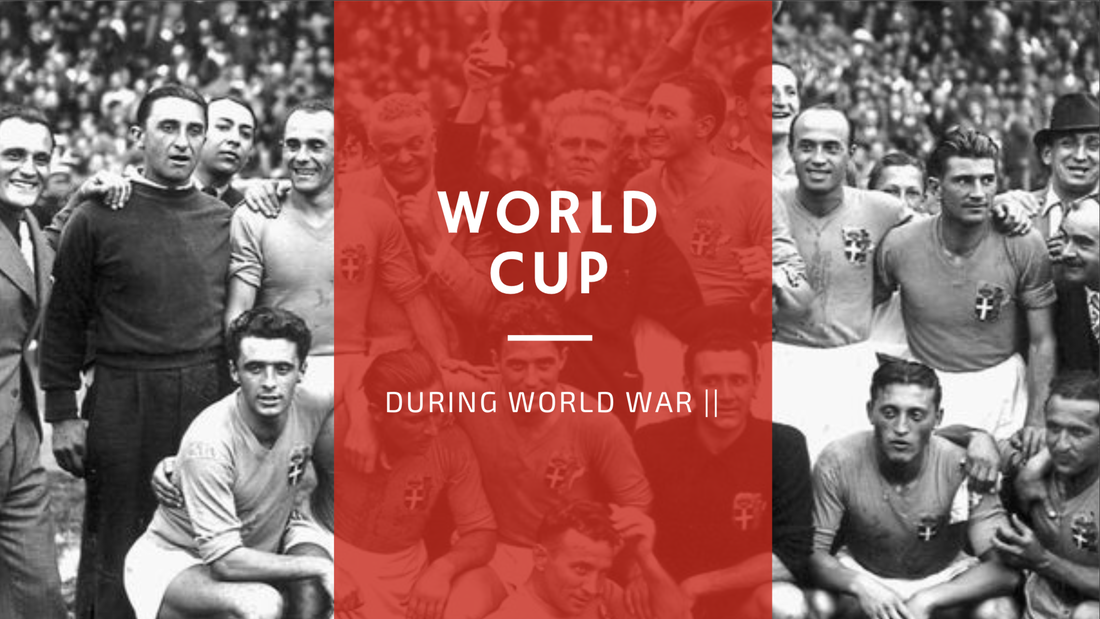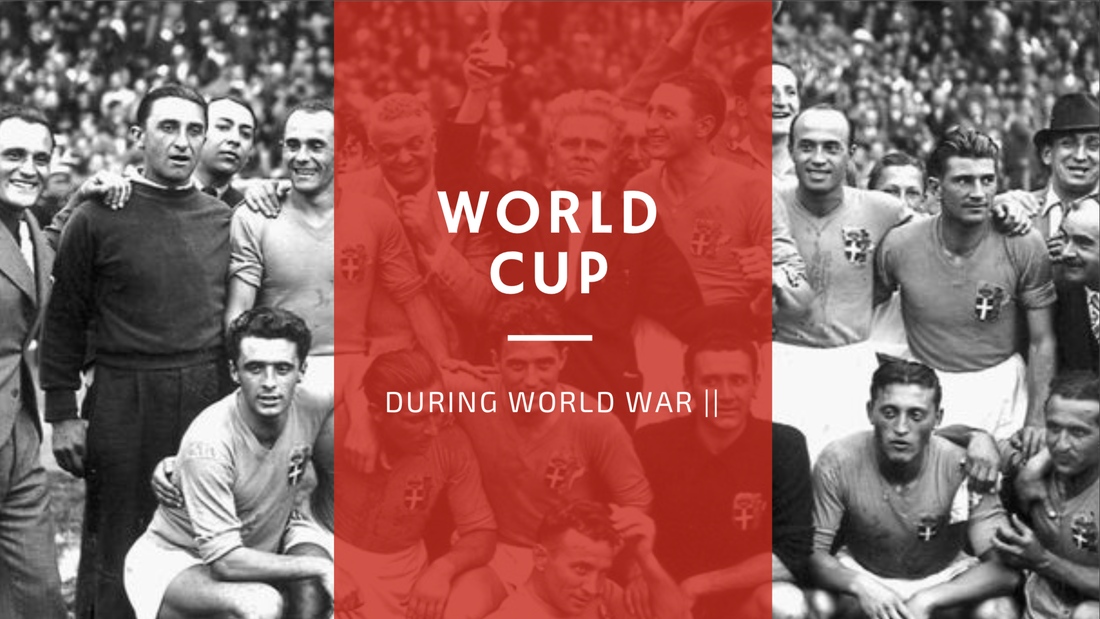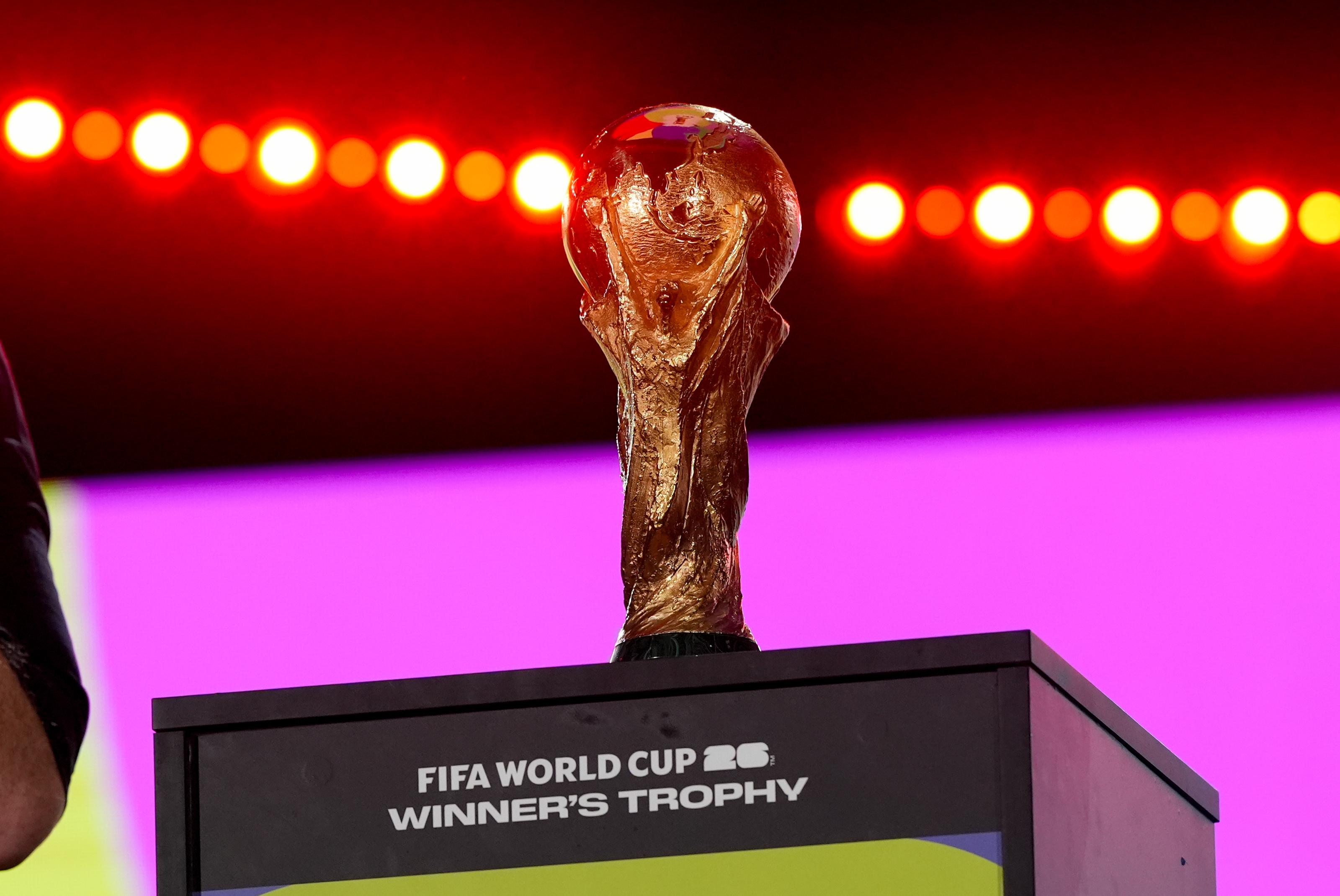The Day I Decided to Stop Guessing About Sports History
Man, sometimes I just get this itch. You know, that feeling where you realize you’ve been reciting a ‘fact’ for years, but you never actually checked the sources? That’s what happened last week when I was chatting with my nephew about international football. He asked, simple as anything, “How often is the World Cup?”

I shot back: “Every four years, obviously. Everyone knows that.”
But then he pulled out his phone and started looking up the years. And that’s when the simple fact became a whole lot more complicated. We hit the timeline, right? 1930, 1934, 1938… then suddenly, BAM! The next one isn’t until 1950. That’s a twelve-year gap. Not four. Not eight. Twelve whole years!
I felt like a total idiot. I knew WWII happened, sure, but I never actually thought about how it totally screwed up the scheduling of the biggest sporting event on the planet. I told my nephew to hold on, because if I was going to teach him history, I needed to know the full story myself. I spent the next two days digging around, pulling up old newspaper scans and FIFA history archives. This wasn’t just a simple cancellation; this was a whole logistical nightmare that took a decade to recover from.
The Obvious Part I Had to Confirm First
First things first, I had to confirm the baseline. I started clicking through the early records just to make sure the standard cycle was truly quadrennial before the war hit. It was:
- 1930: Uruguay
- 1934: Italy
- 1938: France
Four years, four years. Smooth sailing. Everything was set up perfectly. The whole thing was organized to roll right along. The plans were already underway for the next two tournaments when everything went to hell in a handbasket.

What I Dug Up About the Missing 1942 Tournament
I started with 1942. This was supposed to happen four years after 1938, but obviously, September 1939 put a massive kibosh on that. What really surprised me was that they didn’t just quietly drop the idea. Countries were actually bidding on this thing right up until the last possible minute.
I found records that two countries were pushing hard to host the 1942 Cup: Brazil and Nazi Germany. Can you believe that? Germany was seriously pitching a World Cup while they were actively invading half of Europe. That tells you something about priorities, doesn’t it? Brazil, on the other hand, was pushing for it in South America, thinking maybe the conflict wouldn’t reach them.
Of course, FIFA finally realized in 1939, right when the shooting started in Poland, that asking teams to cross hostile seas during a global conflict maybe wasn’t the best idea. So, the 1942 World Cup was officially canceled. No big surprise there, but the fact that the organizing body had to actively cancel planned bids showed me how entrenched the four-year cycle had become.
And Then There Was the 1946 Non-Starter
Okay, so 1942 was a no-go. But what about 1946? The war ended in 1945, right? You’d think they could just dust off the boots and get back to it quickly. But my dive into the records showed why this was impossible.
The entire global infrastructure was wrecked. Travel was a nightmare. Money was non-existent. Most of Europe was literally rebuilding streets and factories, let alone football stadiums. Getting 16 international teams together, flying them halfway across the world, housing them, and feeding them? That was a pipe dream in 1946.

Also, I stumbled upon the incredible story of the trophy itself, the Jules Rimet Cup. After the 1938 tournament, the reigning champion was Italy. The Italian Vice-President of FIFA, Ottorino Barassi, was scared sick that the Nazis would steal the golden trophy (which they absolutely would have). So, what did he do?
- He smuggled the trophy out of a bank in Rome.
- He hid it in a shoe box.
- He kept it under his bed in his apartment for the entire duration of the war.
Seriously, hiding the World Cup trophy under your bed. That’s commitment. When the war ended, they first had to make sure the trophy was safe, that countries could actually participate, and that someone had the resources to host.
The Great Cycle Reset: 1950 in Brazil
It was clear that Europe was in no shape to host even by 1948 or 1949. Brazil, who had been bidding since 1942, stepped up huge. They were one of the few places largely untouched by the heavy fighting and they had the infrastructure and, crucially, the money to build a massive new stadium—the Maracanã—for the occasion.
The 1950 tournament in Brazil was the restart. It wasn’t just another tournament; it was the return to order. It was the moment the four-year cycle, which had been broken by global catastrophe, finally clicked back into place.
- 1950 (Brazil)
- 1954 (Switzerland)
- 1958 (Sweden)
- 1962 (Chile)
From 1950 onward, it’s been clockwork. Every four years, like clockwork. The war just completely ate up the spots for the 1942 and 1946 Cups, pushing the cycle back an extra eight years total.

What I Learned from a Simple Question
This whole practice, starting with a simple question from my nephew, ended up being a fascinating lesson in history, logistics, and human resilience. It wasn’t just a sports fact; it was a perfect snapshot of how the biggest, most organized global events are totally at the mercy of massive geopolitical turmoil. That’s why you get that twelve-year dead spot between 1938 and 1950.
Next time someone asks you about the World Cup cycle, don’t just say “four years.” Drop that WWII knowledge bomb and tell them about the bids, the wreckage, and the guy who slept on the trophy for four years. Trust me, it’s way cooler than just reciting the schedule.
